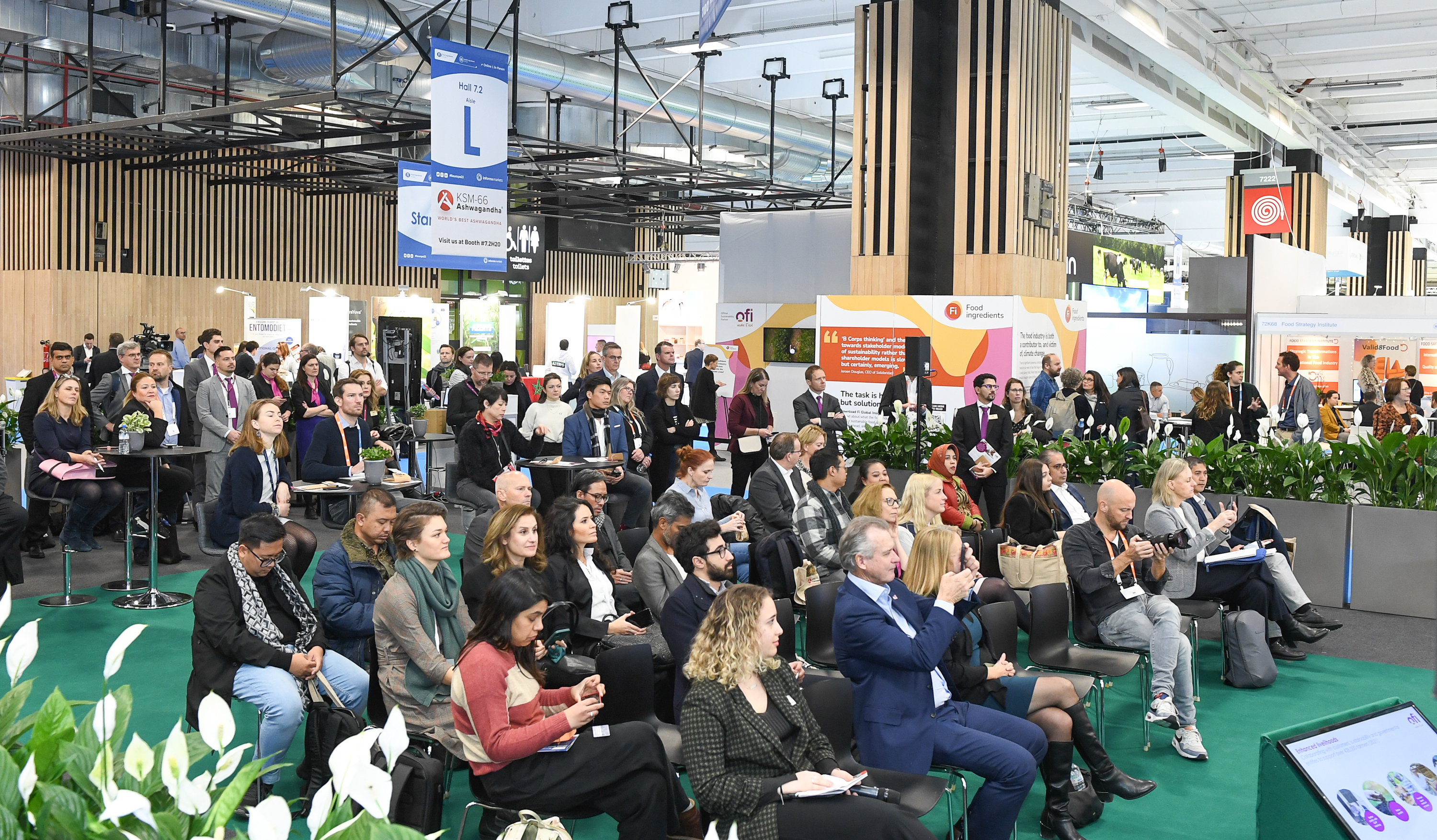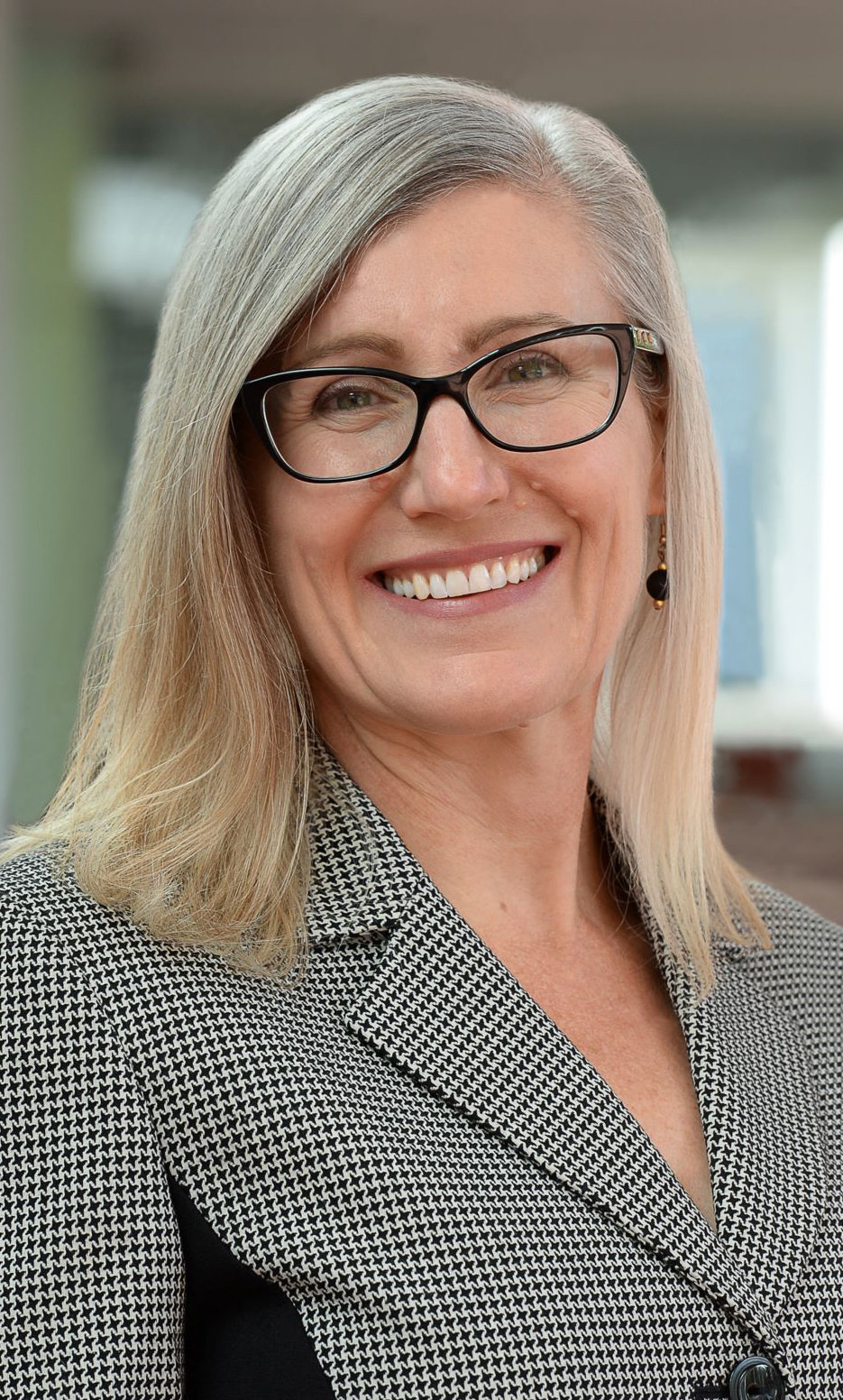KEYWORDS
Food industry
Supply chain transparency
Sustainability
ESG policies
Carbon footprint
Irritable bowel syndrome
Abstract
It is becoming increasingly apparent that the food industry can only go so far on sustainability without tackling the issue of supply chain transparency. Consumers are demanding more transparency and sustainability from food and beverage products, and, under proposed regulatory changes in the United States and Europe, it will soon be mandatory to tackle Scope 3 emissions – that is, if retailers do not beat the regulators and set their own targets first. If the industry is to meet these demands, supply chain transparency is non-negotiable. However, it currently lacks workable technologies to assist with traceability to the farm, or ideally, the field level – transparent supply chains will only become a reality if there is progress in this area.
The next chapter in the food industry’s sustainability story demonstrates greater transparency both in terms of where ingredients come from and how products are made. This is being driven partly by consumers demanding more transparency and sustainability from food and beverage brands. Over half of European adults agree it’s worth paying more for sustainable or environmentally friendly products, and more than two-thirds wish companies were more transparent about their business practices (1). Consumers are asking more questions and trying to understand supply chains, which, in turn, is driving companies to ask more questions about their suppliers and engage in sustainable procurement practices.
A trend conceived of a crisis
It is becoming increasingly apparent that to be sustainable, supply chains need to be transparent. Awareness of the importance of supply chain transparency has been increasing since COVID-19, when many companies learned the hard way that it is a crucial component of resilience planning.
The unprecedented supply chain challenges during the pandemic exposed the risks of a JIT (Just in Time) approach from an inventory and sourcing perspective and demonstrated that this strategy can only work if you know exactly where your ingredients are coming from. Companies who didn’t have visibility all the way back to the source were the hardest hit because they were not even aware of the problems their suppliers were having.
The industry is also realising that a ‘need to know’ approach to supply chains is requisite to improving its sustainability record. Most companies now have ESG policies and commitments to benchmark their sustainability performance and demonstrate to stakeholders and the outside world that they are taking action. How can companies evaluate, with any credibility, what the carbon footprint of their products or ingredients are, if they don’t know their origins? Supply chain transparency is the starting point for sustainability initiatives – only once a company can pinpoint the weaknesses in its supply chain can it strengthen them.
Scope 3 reporting calls for transparent supply chains
Mounting pressure to report on Scope 3 emissions is also becoming an increasingly compelling reason for food companies to prioritise supply chain transparency. Up until this point in their net zero journeys, companies have focused on picking the low-hanging fruit – Scope 1 and 2 emissions – in their decarbonisation efforts.
However, given that emissions up and down-stream in the value chain account for the vast majority of GHG emissions, choosing not to report on Scope 3 will not be an option for much longer. It is anticipated that major retailers will take the lead on Scope 3 reporting, and if retailers set themselves targets, the load will be borne by the entire supply chain. Emerging regulations in the United States and Europe are adding to this pressure to report on Scope 3 emissions. In the US, the Securities and Exchange Commission’s (SEC’s) climate-related disclosures proposal will mandate Scope 3 reporting, whilst in Europe, the Corporate Sustainability Due Diligence Directive (CSDDD) will require businesses to conduct environmental and human rights due diligence processes across their value chains. With retailer and regulatory pressure building, companies must ensure that their entire value chain is mobilised to meet the demands of Scope 3 reporting – and the first step in that direction is transparency.


Desperately seeking solutions
Whilst the value that supply chain transparency can bring to the industry’s sustainability efforts is clear to see, the route to reaching transparency is less obvious. One of the biggest challenges is the complex nature of global food supply chains. It is challenging to trace raw agricultural materials grown by multiple farmers – often in developing countries and with limited connectivity and access to technology. Take flour, for example. This simple product has a complicated supply chain composed of numerous links. By the time the flour reaches the consumer, there is no way of knowing where the grain was grown originally.
If the industry is to improve supply chain transparency, it needs solutions. There are technologies like blockchain and IoT, which are touted as having the potential to bring transparency and traceability to logistics, but these are not very ‘yet’ technologies. Until there are ways of connecting with the original raw material producer there will always be a margin for error and a lack of clarity.
Case study: coffee and cocoa farmers get climate-smart
Solidaridad, a strategic partner for Food ingredients Europe, is a great example of an organisation working to make supply chains more sustainable and transparent using ‘now’ technology. In conjunction with Rabobank, the NGO is leading a five-year project called the Climate Heroes Dream Fund, to ensure that carbon markets work in favour of smallholders who adopt sustainable farming practices.
The initiative facilitates incentive payments to producers who generate Carbon Removal Units (CRUs) through agroforestry. Small-scale farmers cultivate crops, such as coffee or cocoa, and plant trees at the same time to sequester carbon. The CRUs they generate can then be traded through the ACORN platform, a global carbon marketplace which guarantees low transaction costs and high carbon prices for farmers.
ACORN uses satellite and digital technology that detects the growth of each new tree planted on farms and the amount of carbon removed from the atmosphere. Thanks to this technology, farmers can receive at least 80% of the total value of every carbon sale. The initiative is being implemented in Columbia, Nicaragua, Uganda and Kenya, and the target is that by the end of 2026, 100,000 smallholders will have signed up for the scheme and adopted climate-smart agroforestry practices.

Straight talking
Improving supply chain visibility is crucial, but it is only a part of the transparency equation. Honest communication is also key if the food industry’s solutions to the sustainability challenge are to win consumer trust. It is exciting to see discussions around how food tech is creating new ways of producing more sustainable ingredients, whether that is through cellular agriculture, precision fermentation, AI-enabled ingredient development or gene editing. However, the key to gaining consumer acceptance is being transparent when communicating what these technologies involve. The industry must learn from mistakes made; think back to the Flavr Savr - the first commercially grown, genetically modified tomato. If Calgene had been more transparent in the first place about what they did to the tomato, would there have been the same consumer backlash and mistrust?
The early pioneers of genetic engineering tried to say the production method doesn’t matter, but it does. Educated consumers will ask questions about the production methods and companies need to prepare to answer those questions. If they believe and are open about what they are doing, that will instil confidence in the consumer to embrace those products.
Transparent communication goes hand in hand with an expectation of honesty. Greenwashing has no place in a transparent supply chain and if companies do overstate the benefits of their sustainability efforts, they will face greater blowback. Consumer confidence can be irreversibly undermined by overblown claims, and this can damage entire categories. Therefore, if companies can’t trace ingredients back to source, they need to talk about why they cannot and what they are doing to fix it.
Taking a stewardship role
As the supply chain moves to centre stage, all the actors – consumers, retailers, food manufacturers and ingredient producers – acknowledge that sustainability is everyone’s concern. Everyone is becoming more aware of the interconnectedness of food and the impacts of consumption, both from a business and a personal perspective. This is reflected in the upcycling movement, which is constantly gaining momentum. At an industrial level, companies are going to ever greater lengths to extract and valorise multiple ingredients, while at a finished product level, foods made from out-of-specification fruits and vegetables are capturing imagination of consumers. This emphasis on upcycling is forcing everyone to think differently about making the most of what we have rather than assuming there is an endless supply of everything.
Sustainability takes centre stage at Fi Europe
Looking ahead to this year’s Food ingredients Europe (28-30 November in Frankfurt), sustainability is a theme that will be covered extensively throughout the event. The dedicated Sustainability Hub will host speakers from across the industry, offering their perspectives on the consumer and market trends, regulatory shifts and ESG demands impacting the supply chain. Sessions will provide insights on a range of poignant issues, from the EU Due Diligence Directive to avoiding greenwashing and supporting human rights. The Sustainable Ingredient Zone, meanwhile, will showcase the latest innovations that support sustainable product development and meet ESG demands. Conversations about sustainability will be taking place outside of the Sustainability Hub, too. The Conference Programme will look at alternative proteins and plant-based foods, whilst the Future of Nutrition Summit will cover cellular agriculture and precision fermentation. At the Women’s Networking Breakfast, gender equity will be a key theme.


